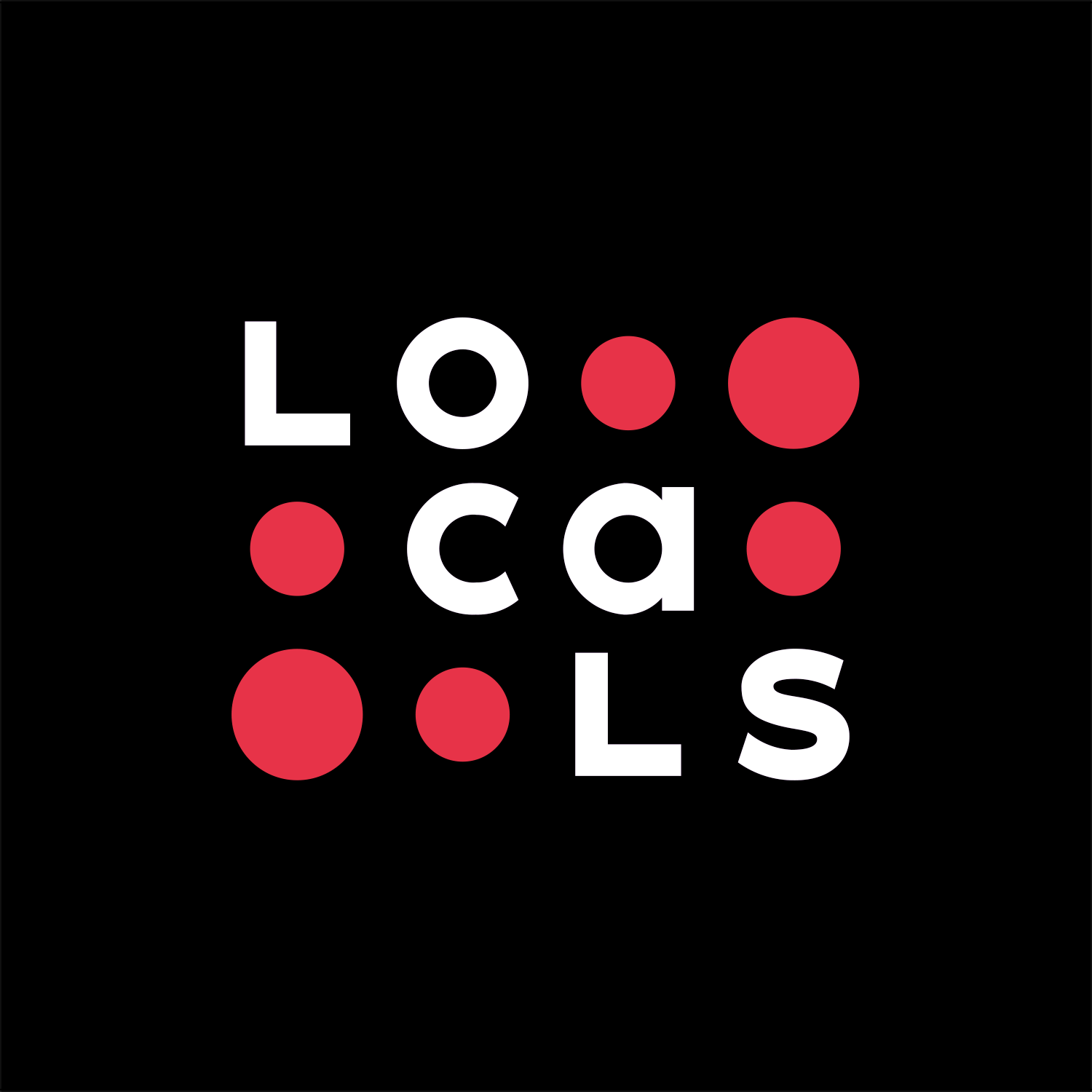In a nation already grappling with economic fragility, the federal government shutdown that began on October 1, 2025, has delivered a body blow to one of its largest social programs: the Supplemental Nutrition Assistance Program (SNAP), commonly known as food stamps.
With parts of the government frozen for over three weeks as of October 27, the U.S. Department of Agriculture (USDA) has issued a stark warning: No SNAP benefits will be disbursed on November 1. “The well has run dry,” the agency declared on its website, blaming congressional gridlock for the lapse.
This isn’t a distant threat—it’s imminent, affecting 42 million Americans who rely on these Electronic Benefit Transfer (EBT) cards for basic groceries. As funding evaporates, a perfect storm brews: widespread hunger, systemic abuse of the program, and a foreseeable spike in crime. Worse, the program’s renewal—slated for debate in late 2025—should be met not with bailouts, but with bold reforms that prioritize self-reliance over endless handouts.
SNAP’s collapse isn’t just logistical; it’s a symptom of a deeper malaise. Annual funding, hovering around $100 billion, was secured through fiscal year 2025 appropriations, but the shutdown has severed the pipeline for November’s $8 billion installment.
Contingency reserves of about $6 billion exist, but the Trump administration has explicitly refused to tap them, citing legal constraints and viewing the impasse as a manufactured crisis by Democrats.
States like Pennsylvania, Texas, and Maine have already posted alerts: No new loads on EBT cards until Congress acts.
At least 25 states, representing half the country, plan to halt distributions entirely by month’s end, leaving families to stretch October’s allotments—which don’t expire for a year—through the holidays.
Food banks are bracing for a deluge, with governors in Louisiana and Virginia declaring emergencies to reroute state funds, but these stopgaps can’t match federal scale.
The human cost will be immediate and acute. SNAP provides an average $187 per person monthly, a lifeline for low-income households.
Without it, experts predict a surge in food insecurity, particularly in rural and urban pockets where poverty rates exceed 20%. But here’s the uncomfortable truth: A significant chunk of recipients—particularly able-bodied adults without dependents (ABAWDs)—don’t need coddling; they need incentives to contribute. USDA data shows that just 7% of SNAP participants fall into this category, but they represent a outsized drain on resources.
Overall, one-third of participants are non-elderly, non-disabled adults, many capable of work yet mired in idleness.
Why subsidize free lunches for the able-bodied when taxpayers foot the bill? In FY 2019, only 28.6% of SNAP households reported earnings, with childless able-bodied adults working at a mere 26% rate—far below national averages.
This isn’t compassion; it’s a disincentive to upward mobility, trapping generations in entitlement rather than equipping them with skills.
Compounding the inequity is rampant abuse. SNAP’s design invites gaming: Benefits can be “trafficked”—sold for cash at 50-75 cents on the dollar, per anecdotal reports from investigators, though official estimates peg annual losses at $1 billion, or about 1% of the program’s value.
The USDA defines trafficking broadly: exchanging EBT cards for guns, drugs, or straight cash, often through shady corner stores.
Store violation rates hit 12.7%, with small outlets—where healthier options are scarce—accounting for most fraud.
Even worse, recipients routinely squander benefits on junk: Soda tops purchase lists, with 20-22.6% of spending on sweets, chips, and sugary drinks—mirroring non-SNAP habits but undermining the program’s “nutrition” mandate.
Organic kale? Rare. A 2016 USDA study found SNAP households allocate just 40 cents per food dollar to basics like fruits and veggies, versus 20 cents on empty calories.
Taxpayers aren’t bankrolling vitality; they’re funding obesity epidemics and black-market schemes.
As November dawns without aid, crime could erupt. Hunger doesn’t breed passivity—it fuels desperation. Studies link SNAP disruptions to theft spikes: In Indiana, crime dips 4.3% mid-cycle when benefits flow but surges at month’s end as cards empty.
Broader cuts correlate with 3.2% higher recidivism among ex-felons, per California data, as food scarcity pushes reoffending.
ABAWD demographics—young, urban, often male—overlap with high-risk groups for property crimes like shoplifting at grocers.
Waivers expanding SNAP access have trimmed theft arrests; reversing that via shutdown could reverse gains, inflating police dockets and incarceration costs.
Intimate partner violence drops with eligibility expansions—by up to 0.4 incidents per 1,000 in proactive states—hinting at ripple effects on family stability.
A shutdown isn’t fiscal prudence; it’s a crime wave in waiting, hitting communities hardest where poverty and able-bodied idleness intersect.
Renewal? It shouldn’t happen without overhaul. Late 2025 marks SNAP’s reauthorization window, but politicians—across aisles—thrive on dependency. Freebies buy votes: Democrats decry “heartless” cuts, while Republicans grandstand on work rules without slashing the bloat.
This isn’t leadership; it’s vote-harvesting. True progress means job training, not EBT top-ups—echoing 1996 reforms that spiked employment.
Ban junk food purchases, as Rep. Josh Brecheen’s Healthy SNAP Act proposes, to enforce nutrition over indulgence.
Enforce ABAWD time limits rigorously, starting November 1 for ages 18-64.
Redirect funds to apprenticeships, not entitlements, breaking generational cycles where skills atrophy and resentment festers.
The shutdown exposes SNAP’s flaws: A $100 billion behemoth subsidizing fraud and sloth, not ascent. Let November’s void be a catalyst—not for panic, but reform. End the dependency trap. Empower the able. Only then can America feed its future without bankrupting its present.










Share:
Whispers of a Third Act: Steve Bannon’s Blueprint for a Trump Encore in 2028
Firearms, Freedom, and Forbidden Foliage: The Supreme Court’s Looming Showdown on Cannabis and the Second Amendment